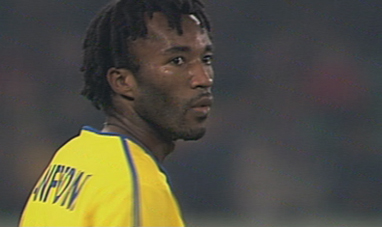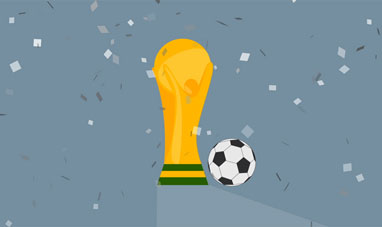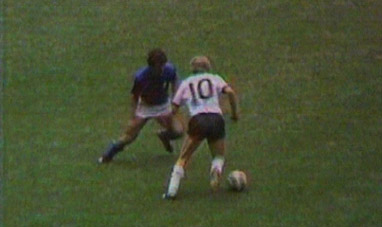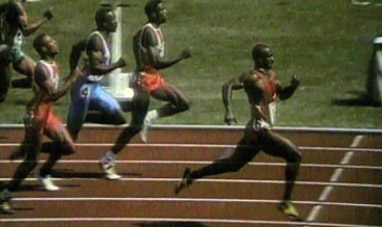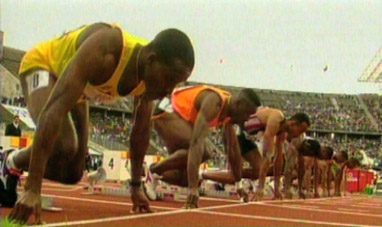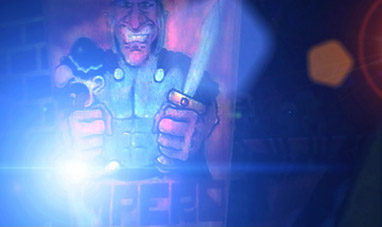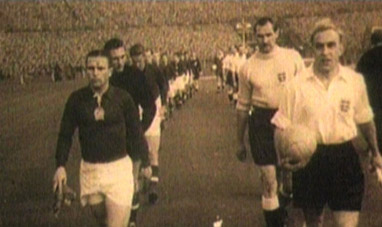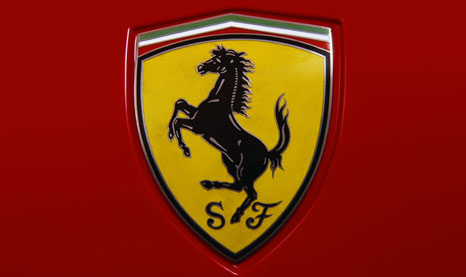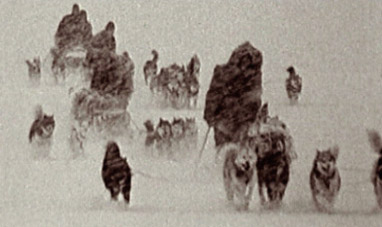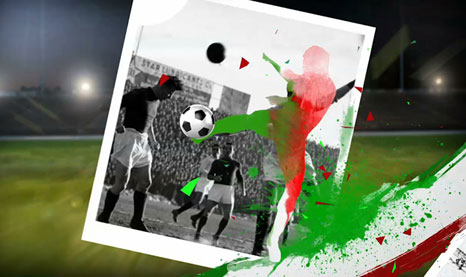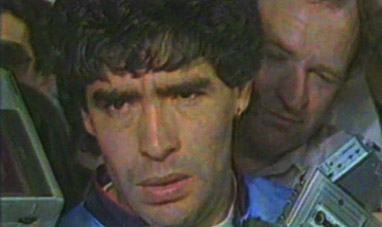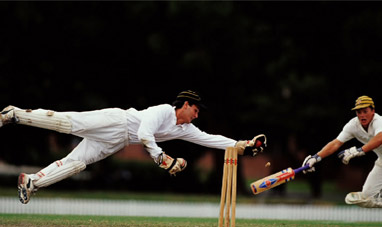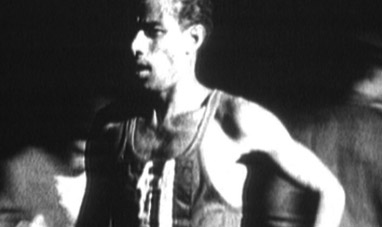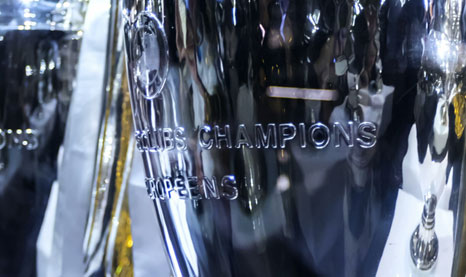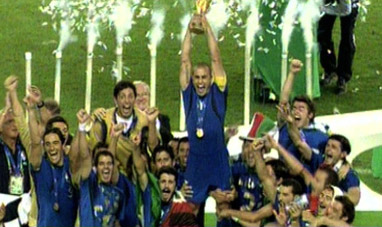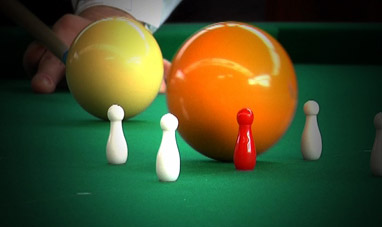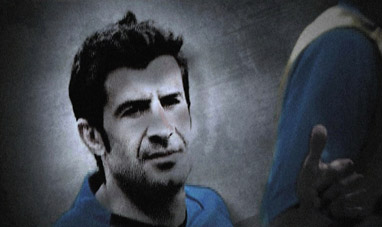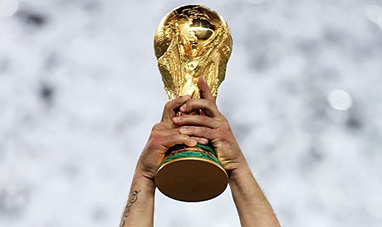CHESSBOARD AND PIECES
Chess is a game played by two players. One is called the White, one the Black. The playing board, called chessboard, is square and divided into 8x8 squares, of alternate colours: half are white, and half are black. The chessboard is positioned so that each player has a white square in the right-hand corner, and a black square in the left-hand corner. Before the game begins, the colours are chosen. Each player controls 16 pieces of his colour:
One King
One Queen
Two Rooks
Two Knights
Two Bishops
Eight Pawns
Each player positions his pieces on his side of the chessboard. At the centre of the first row, the closest to the player, are the King and Queen; they are flanked by the Bishops; then by the Knights; the Rooks go in the corners. The Queen is always on a square of its own colour. The Pawns are placed on the second row.
Each piece can ‘take’ or ‘capture’ another by occupying the square on which it stands.
PIECE MOVES
Only one piece at a time may be moved.
The King can move one square at a time, in any direction.
The Queen moves like the king, but by any number of squares.
The Rook moves like the Queen, but not diagonally.
The Bishop may move by as many squares as it wants, but only diagonally.
The Knight only moves making an “L” shape, passing over pieces of both its colour and the opponent’s.
Pawns may only move forward and by one square at a time. However, they can only capture other pieces moving diagonally. As a first move, each pawn may move forward by two squares in one go.
THE MATCH
The White moves first. The object of the game is to checkmate the opposing King, which means to directly threaten its capture with one or more pieces, so that it may not move without being taken.
It is not necessary to continue playing until checkmate. A match may end in a draw, if neither of the two players has effective moves left to beat the opponent.
Chess is a game of ancient origin: it derives from a game played in India at least since the 6th century AD: chaturanga.
According to legend, the game is invented by a priest for his King, who has lost a son in battle.
By studying the pieces on the chessboard, positioned like men on a battlefield, the King understands that he could not have won without sacrificing one of his warriors. The game of chess contains many elements of human existence: in war strategies, commercial negotiations, or international diplomacy, victory is always the result of analytical skills, stamina, concentration, and the ability to changing strategies often. Nothing is left to chance or luck in a game of chess. It’s all about calculation?
Chess is a game played by two players. One is called the White, one the Black. The playing board, called chessboard, is square and divided into 8x8 squares, of alternate colours: half are white, and half are black. The chessboard is positioned so that each player has a white square in the right-hand corner, and a black square in the left-hand corner. Before the game begins, the colours are chosen. Each player controls 16 pieces of his colour:
One King
One Queen
Two Rooks
Two Knights
Two Bishops
Eight Pawns
Each player positions his pieces on his side of the chessboard. At the centre of the first row, the closest to the player, are the King and Queen; they are flanked by the Bishops; then by the Knights; the Rooks go in the corners. The Queen is always on a square of its own colour. The Pawns are placed on the second row.
Each piece can ‘take’ or ‘capture’ another by occupying the square on which it stands.
PIECE MOVES
Only one piece at a time may be moved.
The King can move one square at a time, in any direction.
The Queen moves like the king, but by any number of squares.
The Rook moves like the Queen, but not diagonally.
The Bishop may move by as many squares as it wants, but only diagonally.
The Knight only moves making an “L” shape, passing over pieces of both its colour and the opponent’s.
Pawns may only move forward and by one square at a time. However, they can only capture other pieces moving diagonally. As a first move, each pawn may move forward by two squares in one go.
THE MATCH
The White moves first. The object of the game is to checkmate the opposing King, which means to directly threaten its capture with one or more pieces, so that it may not move without being taken.
It is not necessary to continue playing until checkmate. A match may end in a draw, if neither of the two players has effective moves left to beat the opponent.
Chess is a game of ancient origin: it derives from a game played in India at least since the 6th century AD: chaturanga.
According to legend, the game is invented by a priest for his King, who has lost a son in battle.
By studying the pieces on the chessboard, positioned like men on a battlefield, the King understands that he could not have won without sacrificing one of his warriors. The game of chess contains many elements of human existence: in war strategies, commercial negotiations, or international diplomacy, victory is always the result of analytical skills, stamina, concentration, and the ability to changing strategies often. Nothing is left to chance or luck in a game of chess. It’s all about calculation?



